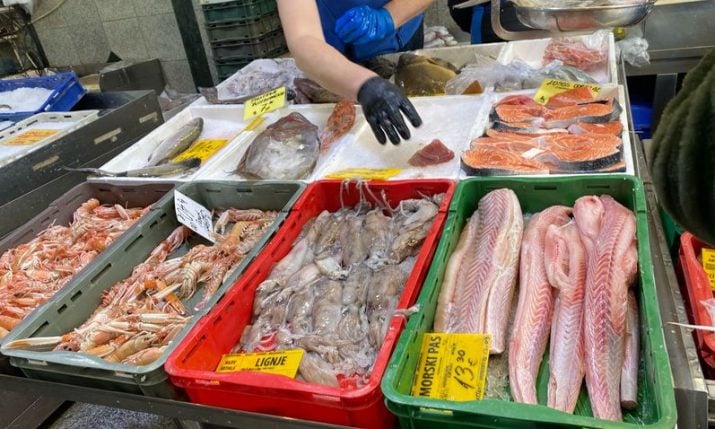by croatiaweek
October 4, 2025
in

Consumer prices in Croatia rose by 4.2% in September compared to the same month last year, pushing inflation back up and leaving Croatia among the European Union’s inflation leaders.
By contrast, inflation across the EU stood at 2.2%, meaning Croatian prices are rising at almost double the European average.
Food prices remain a major burden, with groceries in Croatia around 22% more expensive than the EU average.
According to Eurostat, Croatian households are paying more for their basic shopping baskets despite buying less.
Retailers, however, are reporting growth. Revenues in the sector rose by 8.8% compared to 2023, with net profits reaching €2.3 billion – an increase of 8.2%. But economic experts stress that this growth is fuelled by higher prices, not higher consumption.
“We see that the contents of consumer baskets remain the same, or even smaller, yet every purchase is more expensive,” economic adviser Izabela-Delfa Mišić told HRT’s show “Potrošački kod”.
A survey shows that 80% of households have changed their eating habits due to rising prices. One-third are buying less food, while others are turning to credit just to cover essentials.
“Croatian consumers are not wasteful – they are simply forced to buy food, energy and other necessities at the prices on offer, regardless of income,” explained Josip Kelemen, adviser for the platform Halo, inspektore.
Concerns about food security also linger. Croatia’s self-sufficiency in food production is estimated at around 65%, but shortages are feared in meat production, particularly pork, where African swine fever poses a growing threat.
Shoppers have also noticed occasional shortages of eggs, though producers insist supply is stable.
Rise of Food Outlets
As prices rise, food outlets selling items close to expiry dates or with damaged packaging are gaining popularity across Europe, and similar shops are opening in Croatia.
These outlets save hundreds of tonnes of food from being wasted each year while offering consumers significant savings.
The EU is pushing to halve food waste by 2030. Currently, 59 million tonnes are wasted annually across Europe, representing a financial loss of €132 billion.
In Croatia, 71 kilograms of food per person are thrown away each year, with households accounting for more than three-quarters of the waste.
For many families, the combination of inflation, changing diets and the search for cheaper options is becoming the new normal.
